Robotic Process Automation is one of the most exciting and disruptive technologies in the business world today. It is transforming the way work is done, delivering significant benefits to organizations across various industries and functions.
But what exactly is RPA, and how does it work? How can it help businesses streamline workflows, improve profitability, and accelerate digital transformation? And what are the key features and capabilities of RPA technology that make it so powerful and versatile?

In this article, we will answer these questions and more, providing a comprehensive guide to RPA and intelligent and automation tool used. We will also explore the widespread applications of RPA, its rapid growth and adoption, its synergy with artificial intelligence (AI), and its future prospects.
What is Robotic Process Automation?
Robotic Process Automation is a technology that uses software or digital workers to automate repetitive, rule-based, and lower-value tasks that are usually performed by humans. RPA mimics human actions by interacting with various applications and systems, manipulating data, making decisions based on predefined rules, and orchestrating end-to-end business processes. RPA does not require any changes to the existing IT infrastructure, as it operates at the user interface level, just like a human would.
The purpose of RPA is to handle the mundane and tedious tasks that consume a lot of time and resources, freeing up humans to focus on more strategic, creative, and customer-centric work. Robotic process automation also improves the quality and accuracy of processes, as software robots do not make errors or get tired. Moreover, RPA enables businesses to leverage their legacy systems and applications, without having to replace or upgrade them.

What are the Business Benefits of RPA?
RPA offers a number of benefits to businesses that implement it, such as:
Streamlining workflows and improving profitability
Robotic process automation reduces the cost, time, and effort required to execute business processes, resulting in increased efficiency and productivity. According to a report by Deloitte, RPA can deliver up to 200% return on investment in the first year of deployment. Robotic process automation also enables businesses to optimize their resources and allocate them to more value-added activities.
Increasing employee satisfaction and productivity
RPA eliminates the need for humans to perform boring and repetitive tasks, allowing them to focus on more meaningful and rewarding work. This enhances employee satisfaction, engagement, and motivation. According to a survey by UiPath, 88% of employees who use an RPA tool say it makes them happier at work. RPA also empowers employees to learn new skills and collaborate with RPA software bots.

Accelerating digital transformation and enabling automation of legacy systems
Robotic process automation enables businesses to digitize their processes and data, without having to overhaul their existing IT systems. Robotic process automation acts as a bridge between legacy systems and modern applications, facilitating data exchange and integration. RPA also allows businesses to automate processes that were previously difficult or impossible to automate due to technical limitations or complexity.
Enhancing compliance and accuracy in processes
RPA ensures that processes are performed consistently and accurately, according to predefined rules and standards. RPA eliminates human errors, such as typos, omissions, or miscalculations, that can lead to compliance issues or customer dissatisfaction. RPA also provides detailed logs and audit trails of every action performed by RPA software bots, without human intervention and enabling transparency and accountability.

How Does RPA Transform Work?
RPA transforms work by automating tasks that are repetitive, rule-based, and lower-value in nature. These tasks typically involve data entry, data extraction, data validation, data manipulation, data transformation, application integration, workflow, intelligent process automation, rule-based decision-making, etc. These tasks are often performed by humans using multiple applications or systems that are not integrated or compatible with each other.
RPA uses software or digital workers to perform these tasks faster, cheaper, and more accurately than humans. Software robots are virtual agents that can mimic human actions by interacting with various applications or systems through the user interface. These robots can also manipulate data using predefined logic or rules.

Some examples of tasks performed by robots are:
Filling out forms
Copying and pasting data
Sending emails
Generating reports
Processing invoices
Reconciling accounts
Updating records
Checking inventory
Booking travel
Scheduling appointments
Ordering supplies
etc.
By automating these tasks using RPA software, businesses can save time, money, and resources that can be invested in more strategic, creative, and customer-centric work. This also enables humans to focus on higher-value activities that require human skills such as judgment, empathy, creativity, innovation, communication, collaboration, etc.
What are the Widespread Applications of RPA?
Robotic process automation can be applied to almost any industry or process that involves repetitive, rule-based, and lower-value tasks. Some of the industries and processes where RPA is implemented are:
Banking and Financial Services
In the banking and financial services sector, RPA can revolutionize operations by automating various tasks. It can streamline account opening processes, automate loan processing, facilitate KYC verification, detect and prevent fraud, and enhance customer service. By automating these tasks, RPA improves efficiency, reduces errors, and enables faster and more accurate transaction processing.
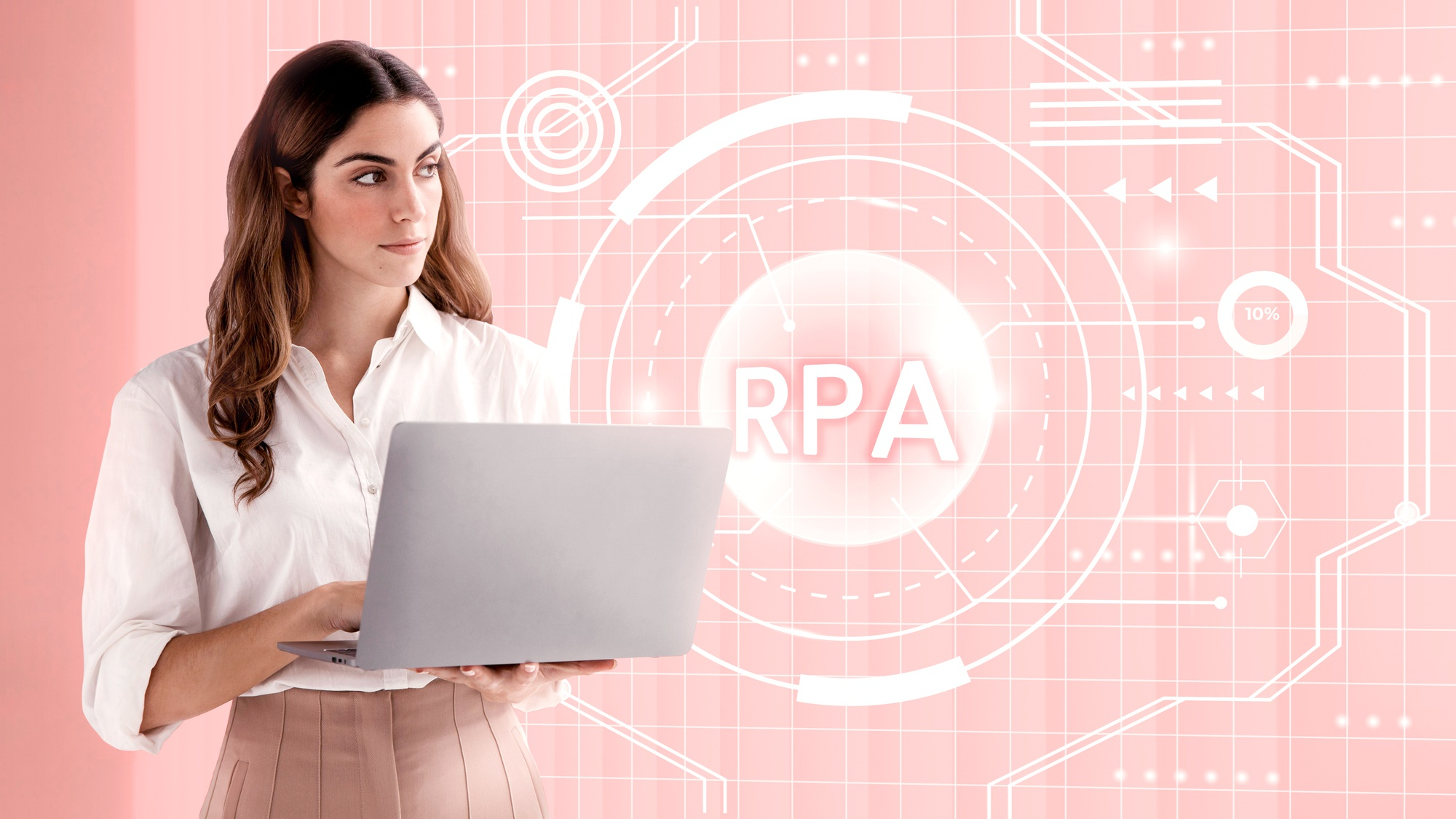
Insurance
Robotic process automation is highly beneficial for the insurance industry. It can automate policy issuance, claims processing, underwriting, premium calculation, and other insurance-related tasks. By leveraging these RPA tools, insurance companies can expedite claim settlements, reduce manual effort, and improve customer service. RPA ensures accurate data processing, enhances compliance, and enables seamless integration with insurance systems.
Healthcare
In the healthcare sector, RPA can optimize various administrative and operational processes. RPA can automate patient registration, appointment scheduling, billing, coding, claims processing, and medical records management. By automating these tasks, healthcare providers can improve patient care, reduce administrative burdens, and enhance billing accuracy. Robotic process automation also ensures compliance with regulatory requirements and accelerates the processing of insurance claims.

Retail and E-commerce
Robotic process automation offers significant advantages to the retail and e-commerce industry. It can automate order processing, inventory management, product cataloging, customer service, and other repetitive tasks. By leveraging RPA, retailers can streamline their operations, ensure accurate inventory management, and provide efficient customer support. RPA enables faster order fulfillment, reduces manual errors, and enhances the overall customer experience.
Manufacturing and Logistics
Robotic process automation plays a vital role in optimizing manufacturing and logistics processes. It can automate production planning, quality control, inventory management, shipping and delivery, and other operational tasks. By implementing RPA, manufacturers can achieve higher productivity, reduce operational costs, and improve supply chain efficiency. RPA ensures accurate inventory tracking, enhances quality control measures, and enables timely delivery of goods.

Telecommunications
Robotic process automation offers significant benefits to the telecommunications industry. It can automate tasks such as service activation, billing, customer service, and network monitoring. By implementing RPA, telecom companies can streamline their operations, improve billing accuracy, and enhance customer support. Robotic process automation enables faster service activation, reduces manual effort in billing processes, and ensures efficient network monitoring for enhanced service quality.
Education
RPA has the potential to transform various administrative processes in the education sector. It can automate tasks such as student enrollment, grading, attendance tracking, and document management. By leveraging RPA, educational institutions can streamline administrative workflows, reduce paperwork, and improve data accuracy. RPA enables faster enrollment processes, automates repetitive grading tasks, and facilitates efficient document storage and retrieval.

Government
RPA can bring significant improvements to various government processes. It can automate tasks such as tax filing, license issuance, passport renewal, and citizen services. By implementing RPA, government agencies can enhance service delivery, reduce processing times, and improve citizen and customer satisfaction. RPA ensures accurate and timely processing of government forms, reduces manual errors, and enables efficient citizen interaction.
RPA Implementation in Functional Areas
RPA can also be implemented in various functional areas within an organization, such as:
Finance and Accounting
RPA can revolutionize finance and accounting processes by automating routine tasks such as invoice processing, expense reporting, reconciliation, payroll processing, and financial data analysis. By leveraging RPA, organizations can streamline financial operations, reduce manual errors, and improve compliance. RPA ensures faster invoice processing, automates repetitive accounting tasks, and enables accurate financial data analysis for better decision-making.
Human Resources
RPA can transform various human resources processes, including recruitment, onboarding, performance management, payroll processing, benefits administration, and employee data management. By implementing an RPA solution, HR departments can streamline administrative tasks, improve data accuracy, and enhance employee experience. RPA automates repetitive HR processes, facilitates faster onboarding, and enables efficient payroll processing.

Marketing and Sales
RPA offers significant benefits to marketing and sales functions by automating tasks such as lead generation, email marketing, campaign management, sales forecasting, and customer data analysis. By leveraging RPA, organizations can optimize marketing and sales processes, improve lead conversion rates, and enhance customer engagement. RPA enables efficient lead generation, automates email campaigns, and provides data-driven insights for effective sales forecasting.
IT and Operations
RPA can streamline IT and operations processes by automating tasks such as data backup, system maintenance, incident management, service desk operations, and infrastructure monitoring. By implementing RPA, organizations can enhance IT efficiency, reduce downtime, and improve operational resilience. RPA automates routine IT tasks, accelerates incident resolution, and enables proactive infrastructure monitoring for efficient business operations.

What are the Key Features and Capabilities of RPA Technology?
RPA technology consists of various features and capabilities that enable RPA software to perform various tasks and processes. Some of the key features and core capabilities of RPA tech are:
Enterprise-wide RPA platform
An enterprise-wide RPA platform is a software solution that provides end-to-end support for automation opportunities identification, robot development, workflow management, and robot deployment. An enterprise-wide RPA platform allows businesses to manage their automation projects from a single dashboard, and monitor the performance and impact of their automation RPA software and RPA bots across the organization.
Task Automation
Task automation is the capability of RPA software to automate repetitive and rule-based tasks that are usually performed by humans. Task automation involves interacting with various applications or systems through the user interface, and manipulating data using predefined logic or rules. Task automation can handle simple to complex tasks that involve multiple steps and applications.

Application Integration
Application integration is the capability of software to interact with various applications or systems that are not integrated or compatible with each other. Application integration involves accessing data from different sources and transferring data between different applications or systems. Application integration can handle structured or unstructured data formats, and support various protocols and interfaces.
Data Manipulation
Data manipulation is the capability of software to manipulate and transform data according to the requirements of the process. Data manipulation involves performing operations such as data extraction, data validation, data conversion, data calculation, data aggregation, data formatting, etc. Data manipulation can handle various types of data such as text, numbers, dates, images, etc.
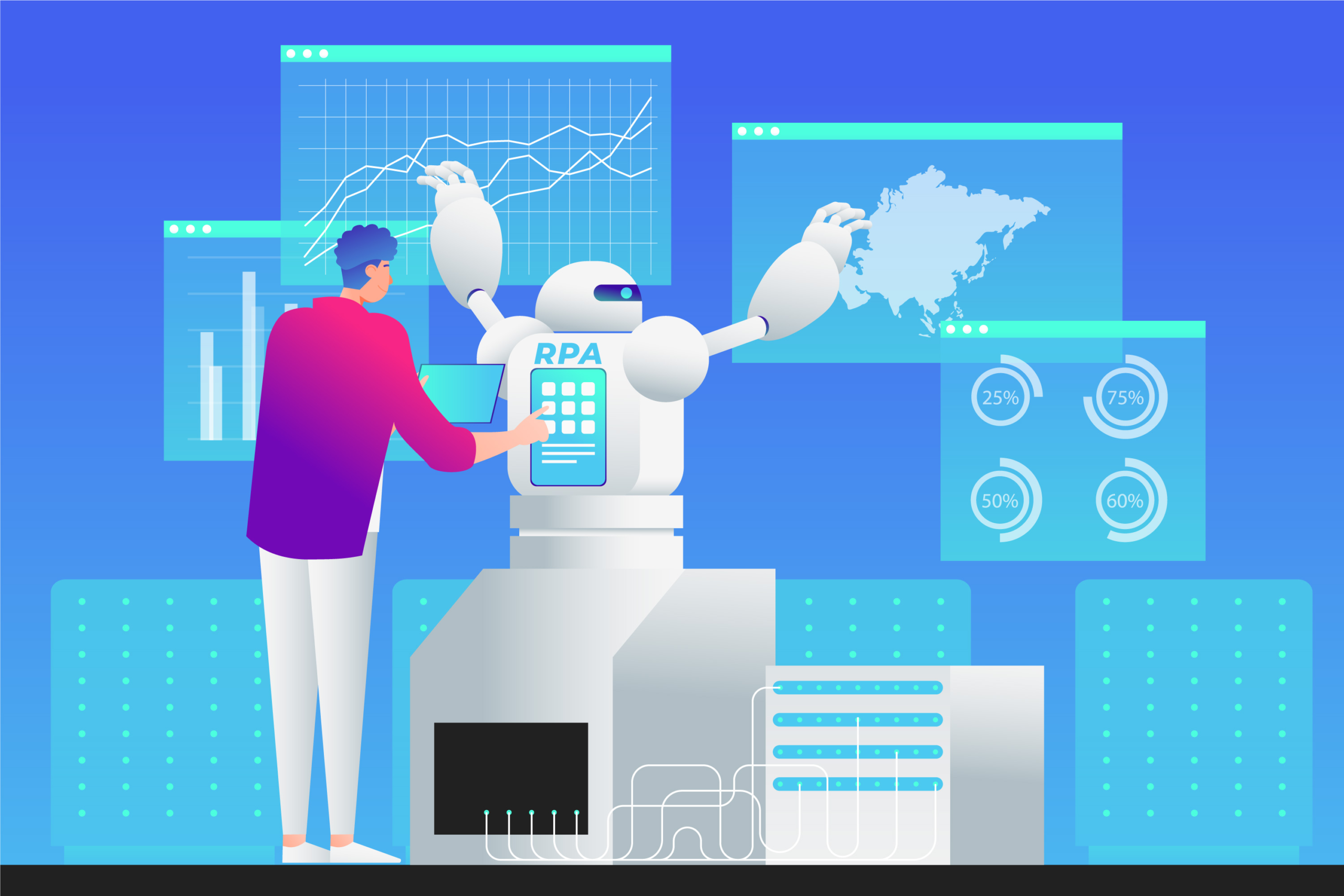
Workflow Automation
Workflow automation is the capability of software to orchestrate end-to-end business processes that involve multiple tasks and applications. Workflow automation involves defining the sequence and logic of business process automation, the tasks to be performed by software, and triggering the execution of the tasks based on predefined conditions or events. Workflow automation can handle sequential or parallel workflows that involve branching or looping logic.
Rule-based Decision Making
Rule-based decision-making is the capability of software to make decisions based on predefined rules or criteria. Rule-based decision-making involves evaluating data against a set of rules or conditions and taking actions based on the outcome of the evaluation. Rule-based decision-making can handle simple or complex rules that involve multiple variables and operators.
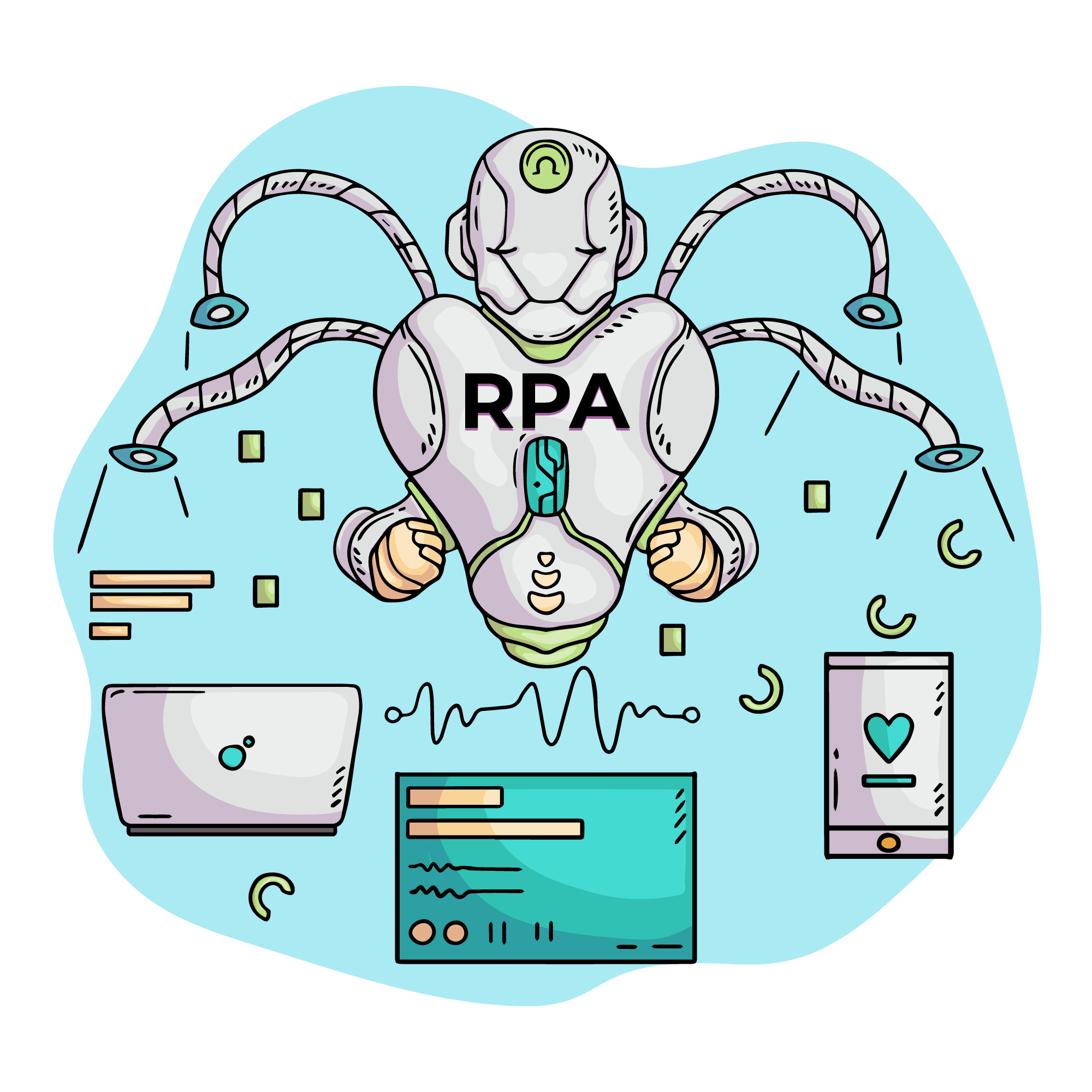
Scalability and Parallel Execution
Scalability and parallel execution are the capabilities of the software to handle large volumes of tasks simultaneously. Scalability involves increasing or decreasing the number of software based on the demand or workload.
Parallel execution involves running multiple software at the same time on different machines or servers. Scalability and parallel execution enable software to cope with peak periods or seasonal fluctuations in business activity.
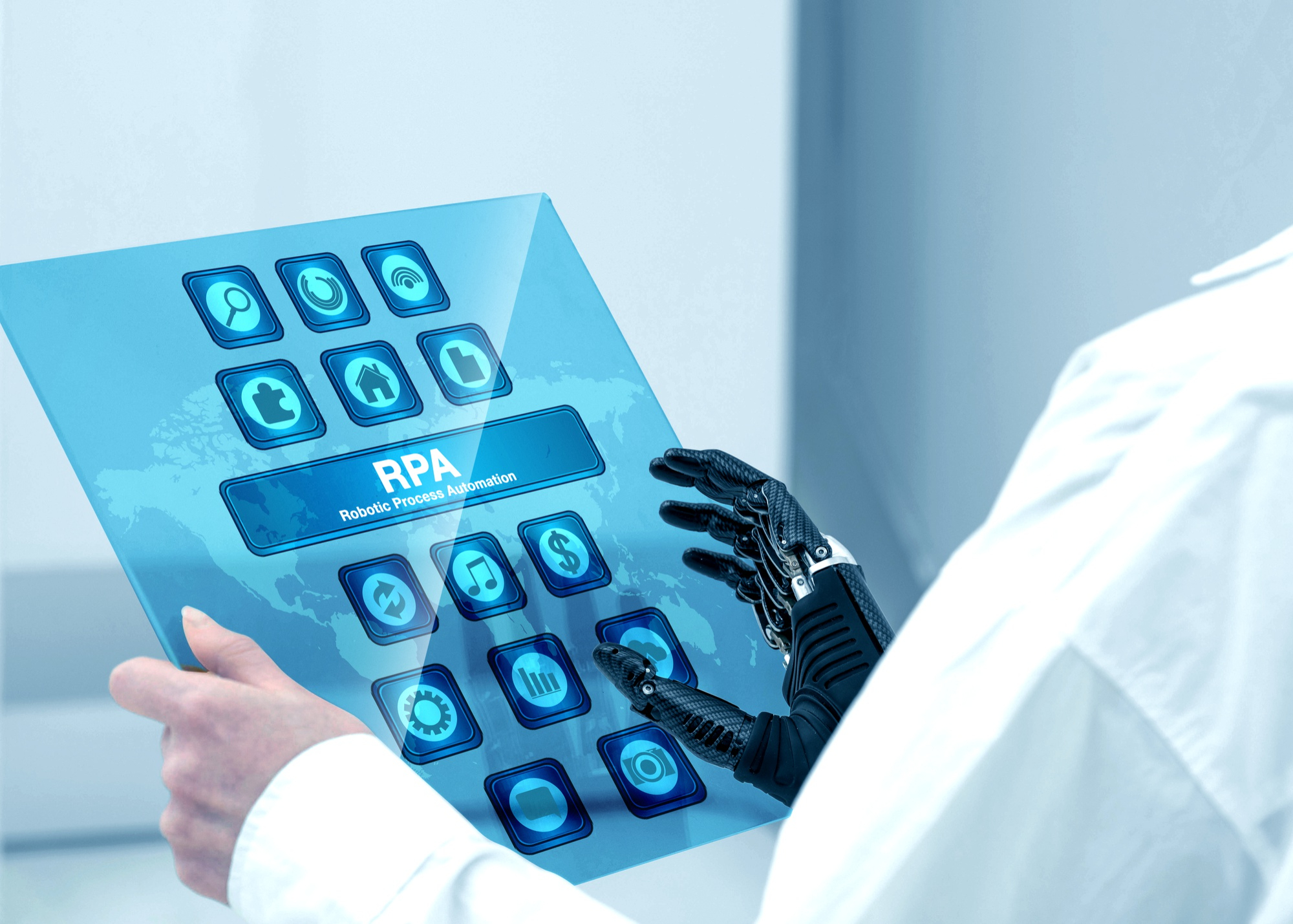
Auditability and Reporting
Auditability and reporting are the capabilities of the software to provide detailed logs and audit trails of every action performed by them. Auditability involves recording every step and outcome of the process performed by software and storing them in a secure database.
Reporting involves generating reports and dashboards that provide insights into the performance and impact of software on various metrics such as efficiency, productivity, quality, costs, etc. Auditability and reporting enable transparency and accountability in business processes automated by software.
Integration with Cognitive Technologies
Integration with cognitive technologies is the capability of software to enhance its automation capabilities with artificial intelligence (AI) and machine learning (ML). Integration with cognitive technologies involves using AI and ML models or services to perform tasks that require human-like skills such as natural language processing (NLP), computer vision, speech recognition, sentiment analysis, etc. Integration with cognitive technologies can handle unstructured or complex data such as text, images, audio, video, etc.
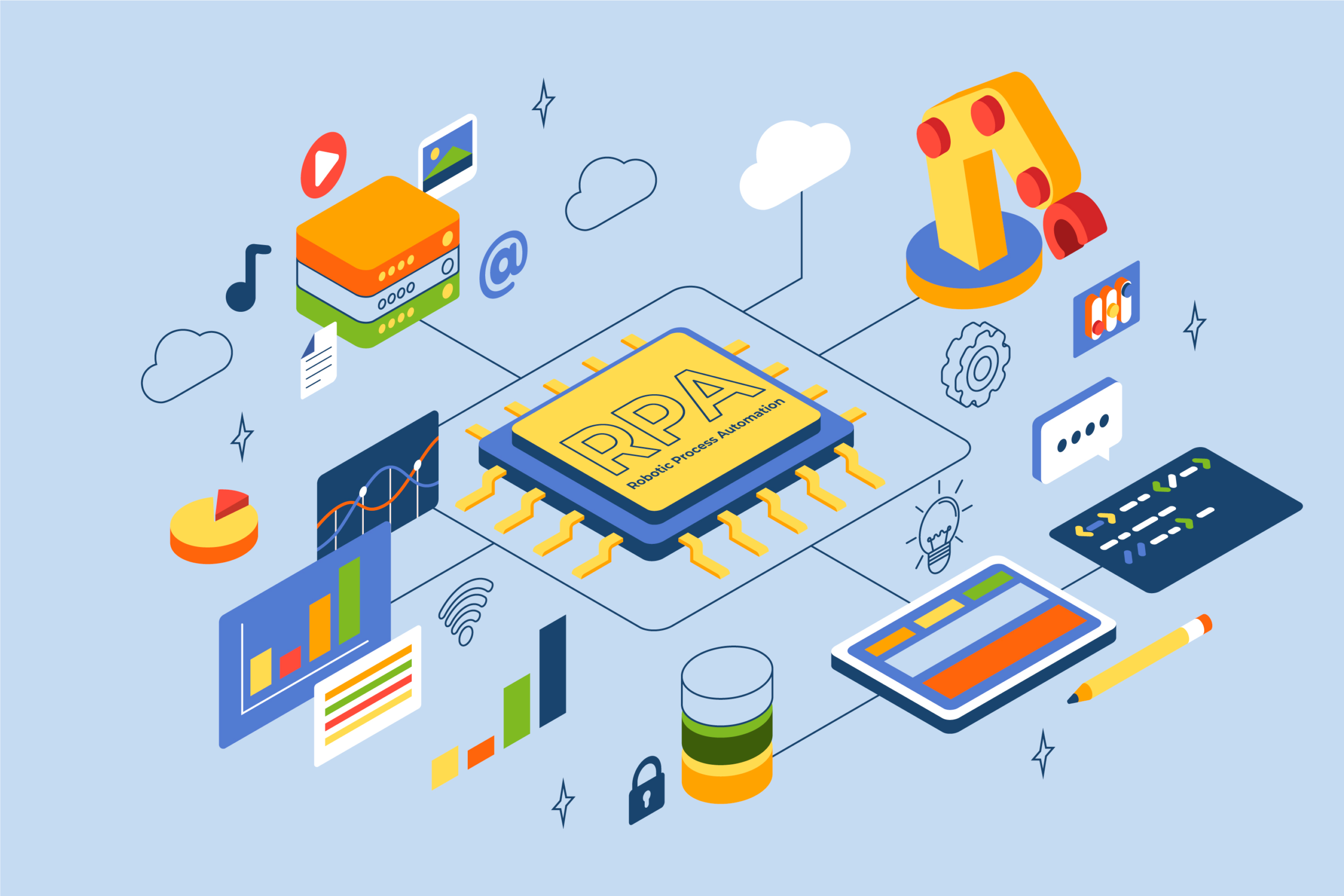
Why is RPA Growing and Adopting So Fast?
RPA is one of the fastest-growing and most adopted enterprise technologies in the world today. According to a report by Gartner, the global RPA software revenue grew by 63.1% in 2018, reaching $846 million, making it the fastest-growing segment of the global enterprise software market.
According to another report by Forrester, the RPA market is expected to reach $2.9 billion by 2021, growing at a compound annual growth rate (CAGR) of 41%. Some of the factors that contribute to RPA’s popularity and fast adoption are:
Quantifiable value
RPA delivers tangible and measurable value to businesses that implement it, such as cost savings, efficiency gains, quality improvements, compliance enhancements, etc. RPA also provides a quick return on investment (ROI), as it can be implemented in a matter of weeks or months, unlike other enterprise technologies that can take years to deploy and realize value.
Ease of implementation
RPA is easy to implement and use, as it does not require any changes to the existing IT infrastructure or systems. RPA also does not require any specialized skills or coding knowledge, as it uses visual interfaces and drag-and-drop features to create and configure software robots.
RPA also provides user-friendly RPA tools and platforms that enable businesses to manage and monitor their automation projects from a single dashboard.

Conclusion
In conclusion, Robotic Process Automation offers transformative capabilities to streamline workflows and improve efficiency. With its ability to automate repetitive tasks and enable human workers to focus on strategic activities, RPA has become a game-changer in the realm of process automation.
By leveraging the power of RPA and integrating it with AI, organizations can unlock new levels of productivity, accuracy, and customer experience. Successful implementation requires careful planning, pilot projects, and enterprise-wide automation initiatives.
FAQs
What is RPA and intelligent automation?
RPA stands for Robotic Process Automation, which is a technology that uses software robots or digital workers to automate repetitive and rule-based tasks. Intelligent automation (IA) is a technology that combines RPA with artificial intelligence (AI) to automate tasks that require decision-making, learning, and adaptation.
How does robotic process automation differ from intelligent automation?
Intelligent automation (IA), sometimes also called cognitive automation, is the use of automation technologies – artificial intelligence (AI), business process management (BPM), and other robotic process automation tools – to streamline and scale decision-making across organizations4. IA differs from RPA in that it can handle more complex and unstructured data, learn from data patterns, and make decisions based on logic and reasoning.
What is RPA workflow?
RPA workflow is a sequence of steps that defines how a software robot performs a specific task. An RPA workflow can include actions such as opening applications, entering data, clicking buttons, extracting information, sending emails, etc. An RPA workflow can be designed using a graphical user interface (GUI) or a code editor.
What is robotic process automation used for?
Robotic process automation is a software technology that makes it easy to build, deploy, and manage software robots that emulate human actions interacting with digital systems and software. RPA can be used for various purposes, such as extracting data, filling in forms, moving files, completing routine analyses and reports, and performing repetitive tasks across unrelated software systems.



